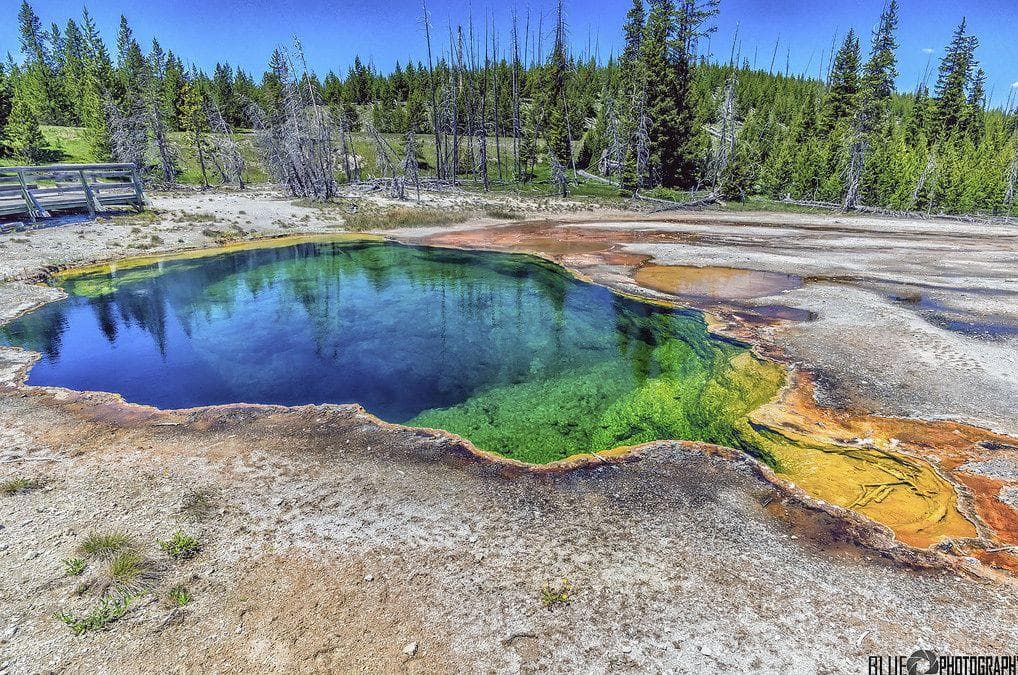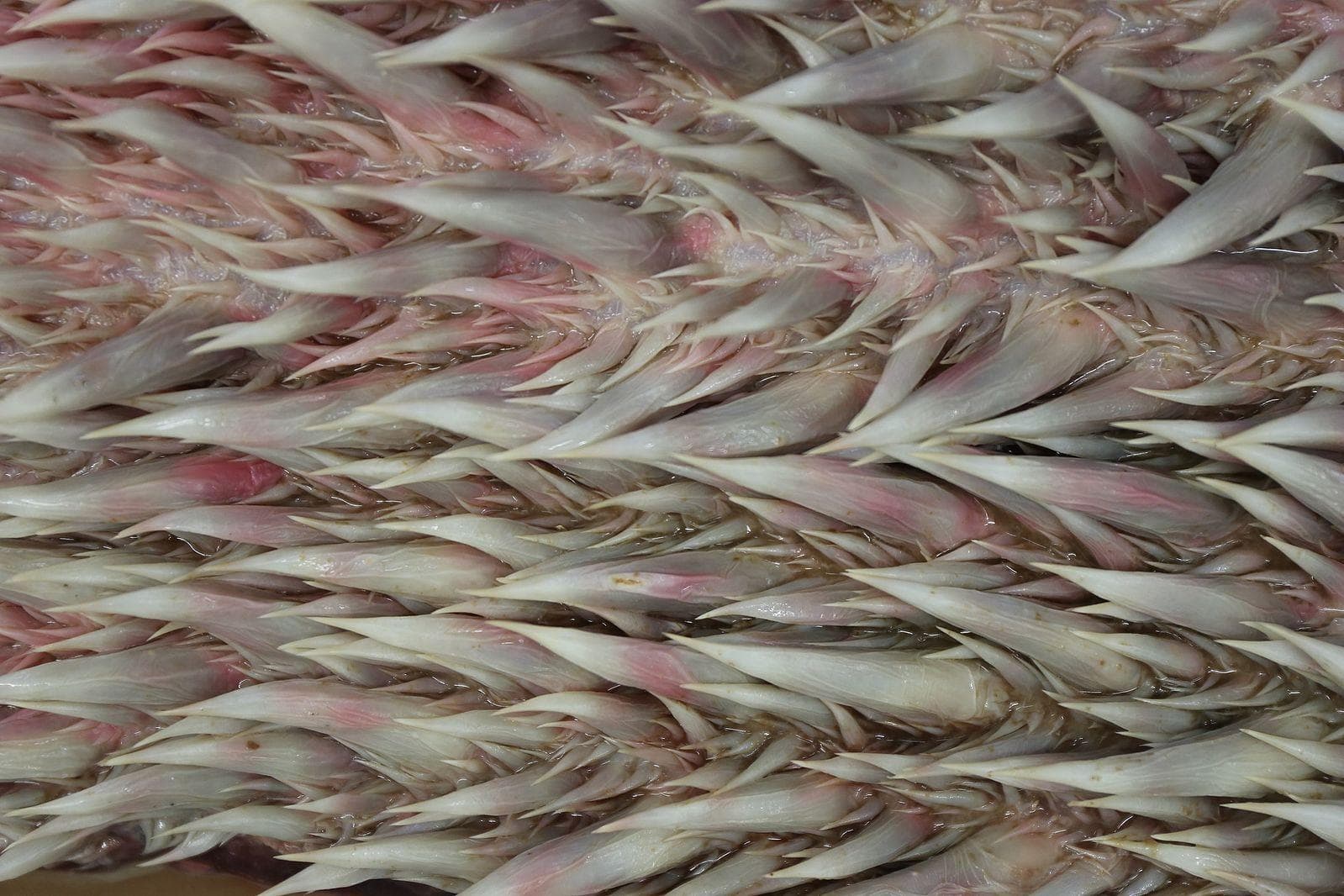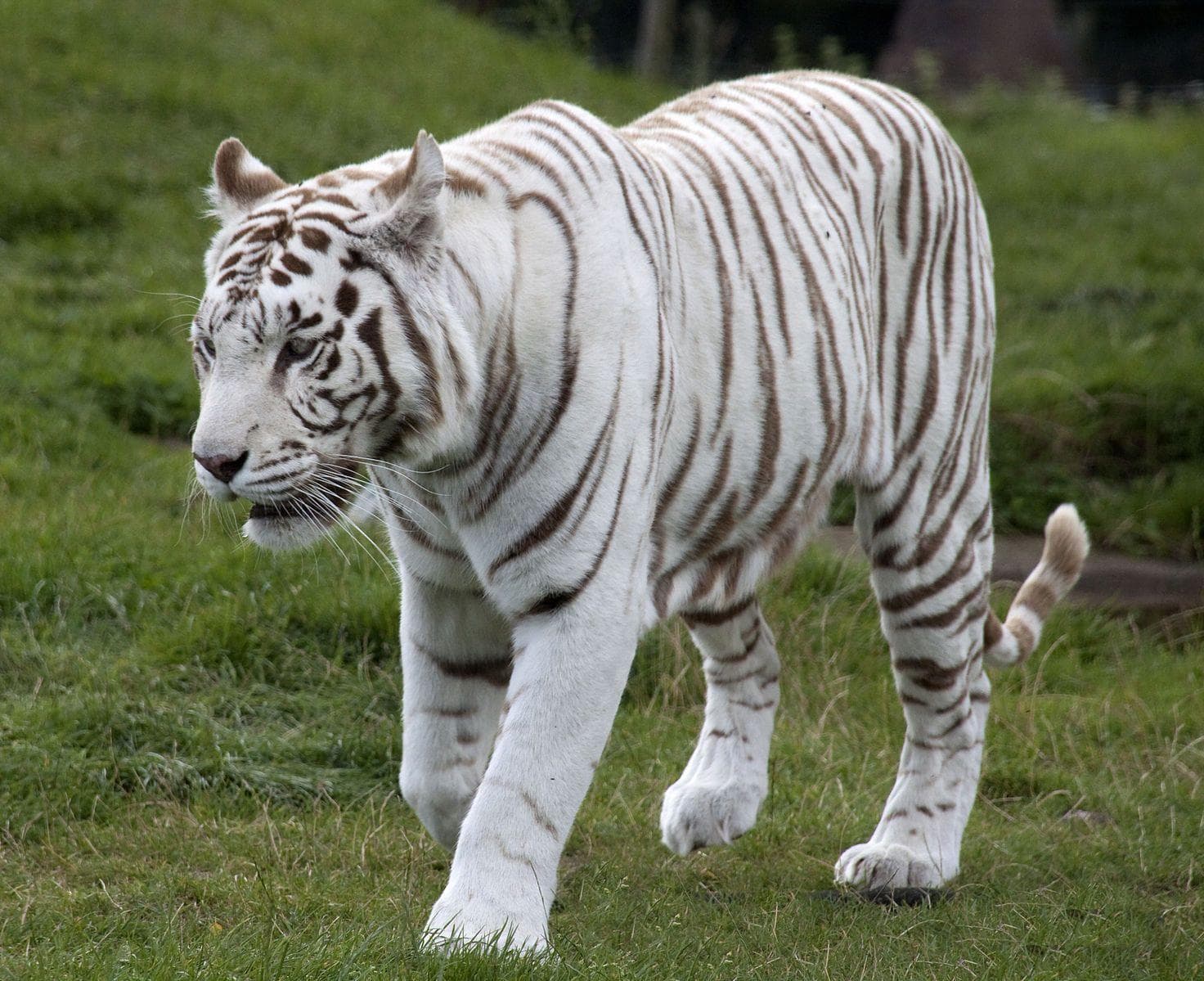-
(#5) Byblis
- Byblis
Scientific Name: Byblis liniflora
Details: Members of the Bybis genus of carnivorous plants are often called Rainbow Plants, which is due to the colors seen when looking at the plants in direct sunlight. The leaves are covered in a sticky mucilage, which often gives off a colorful appearance in the light.
There are eight species in the genus with the Byblis liniflora standing as one of the most prized. They are found in Indonesia, Australia, and Papua New Guinea. In addition to the long leaves covered in sticky goo, the plant has a lovely lavender-colored flower, which is one of the reasons it is highly prized for cultivation.
While they have a similar trap mechanism to Sundews, Rainbow Plants fall under a different order (Lamiales). The plant catches insects, but it doesn't digest them. Instead, it relies on a host of other small bugs to eat its prey, leaving their droppings for the plant to gather its nutrients.
-
(#11) Sun Pitcher Plants
Scientific Name: Heliamphora chimantensis
Details: The Heliamphora chimantensis is a species of Pitcher Plant native to Venezuela, and it is sometimes referred to as a "Sun Pitcher Plant." These carnivorous plants are highly sought after due to their colorful petals, which are green with dark green veins and red coloring going up the tip.
They grow in marshlands, and their pitchers collect rainwater, which it uses to capture prey. Unlike most plants of this type, they grow in large patches, which can extend for several meters across, containing hundreds of pitchers.
The red tips of the pitcher petals secrete a tasty nectar, which both lures prey, and it also captures them, as it is incredibly sticky. Any unsuspecting insect that stops for a feast will quickly find themselves stuck only to slowly fall into the pitcher of water to be digested.
-
(#9) White Pitcher Plant
Scientific Name: Sarracenia leucophylla
Details: The White Pitcher Plant is sometimes referred to as the "Crimson Pitcher Plant," and can be found throughout the southeastern United States. They often have a white and green pattern making up their pitcher pedals, and they can vary in height, with some being one foot high while others have been found to extend a full meter above the soil.
Unfortunately, these plants are listed as vulnerable by the IUCN Red List of Threatened Species due to the loss of its preferred wetland habitat. Their large petals are prized by carnivorous plant enthusiasts, which has led to a decline in their numbers in the wild.
Like other members of its genus, it collects rainwater and uses it to trap unsuspecting flies, ants, and other small insects. Once they are inside, they quickly drown and are broken down by digestive enzymes to feed the plant nutrients.
-
(#7) Purple Pitcher Plant
Scientific Name: Sarracenia purpurea
Details: The Purple Pitcher Plant, otherwise known as "Turtle Socks" or "Side-Saddle Flower," is a type of pitcher plant found mostly along the Eastern seaboard and Gulf Coast of the United States. Separately, it also grows throughout most of Canada, Washington, and Alaska.
To capture its prey, the Purple Pitcher Plant collects rainwater in its specially adapted leaves. When an insect falls in, they drown, which allows the plant to digest them with enzymes such as hydrolases and proteases.
Purple Pitcher Plants aren't picky and have been known to consume spiders, ants, flies, and moths. The pitcher is home to an invertebrate community comprised mostly of mosquito and midge larvae. They digest the prey, and the plant is left to digest what's left in an example of commensalism.
-
(#8) Yellow Pitcher Plant
Scientific Name: Sarracenia flava
Details: The Yellow Pitcher Plant can be found growing in the Eastern United States from the Panhandle of Florida to the southern border of Virginia. Like other members of its genus, these plants grow special rolled leaves, which trap rainwater to use in the capture of its prey.
The plant secretes a special type of nectar, which it uses to attract insects. The nectar is made up of sugars, but it also contains a toxic alkaloid, which intoxicates the prey, making it difficult for them to climb or fly out of the trap.
Small hairs along the flower also inhibit climbing out, so most insects land in the pool of water, quickly become intoxicated, and drown. Digestive enzymes take care of the bodies, and the plant gets its nutrients from whatever it captures.
-
(#13) Venus Flytrap
Scientific Name: Dionaea muscipula
Details: Of all the carnivorous plants on the planet, the most well-known is arguably the Venus Flytrap. These plants have been introduced to schoolchildren all over the world, and because they are fairly easy to cultivate, they are available for purchase all over the world.
Venus Flytraps are native to the subtropical wetlands of the Eastern coast of the United States in North and South Carolina. They have a unique trapping mechanism, which consists of a trapping structure formed by a terminal portion of the plant's leaves, which have "trigger hairs" along their sides.
When an insect lands in the center, or touches one of the hairs, the plant reacts in an interesting way. It doesn't snap shut right away, and instead, it waits about 20 seconds for another contact. When that happens, it will slam the leaves shut, trapping its prey inside.
This is meant to reduce energy expenditure should something like a falling leaf find its way to a hair. The plant waits patiently for another "strike," so it won't waste its time and energy on something that lacks nutrition.
New Random Displays Display All By Ranking
About This Tool
Most plants in the world absorb nutrients from the soil, but some unique carnivorous plants obtain the nutrients they need for growth from other animals and insects. Most of the prey of carnivorous plants are insects and arthropods, which grow in poor soil, especially in areas lacking nitrogen, such as acidic swamps and rocky desert areas. Meat-eating plants have unique organs for catching insects, some of these organs are strange in shape, some are beautiful and eye-catching.
Here the random tool introduced 15 incredible carnivorous plants in the world, you could check their pictures, scientific names, and more details. The variety of carnivorous plants is far more than the species on this list.
Our data comes from Ranker, If you want to participate in the ranking of items displayed on this page, please click here.















